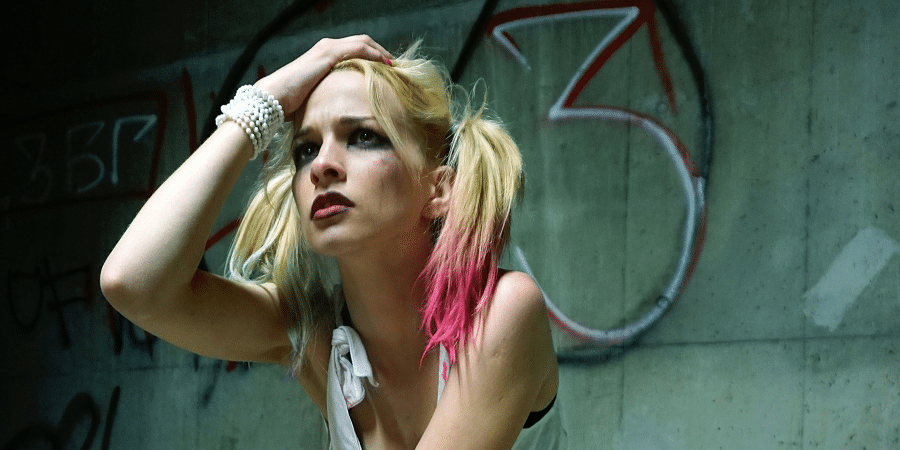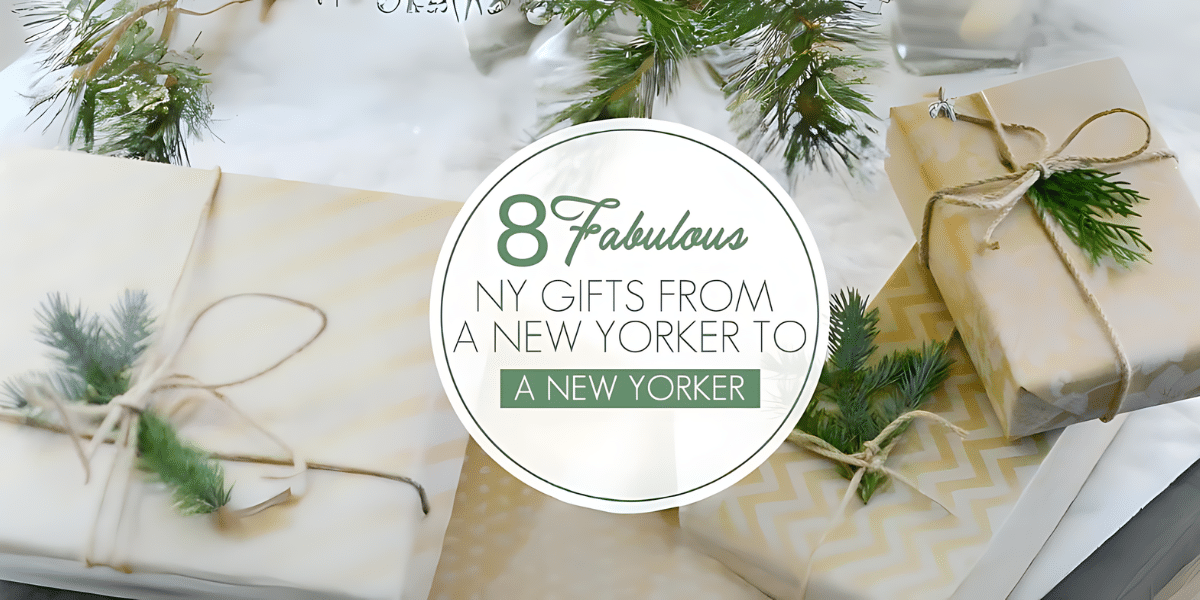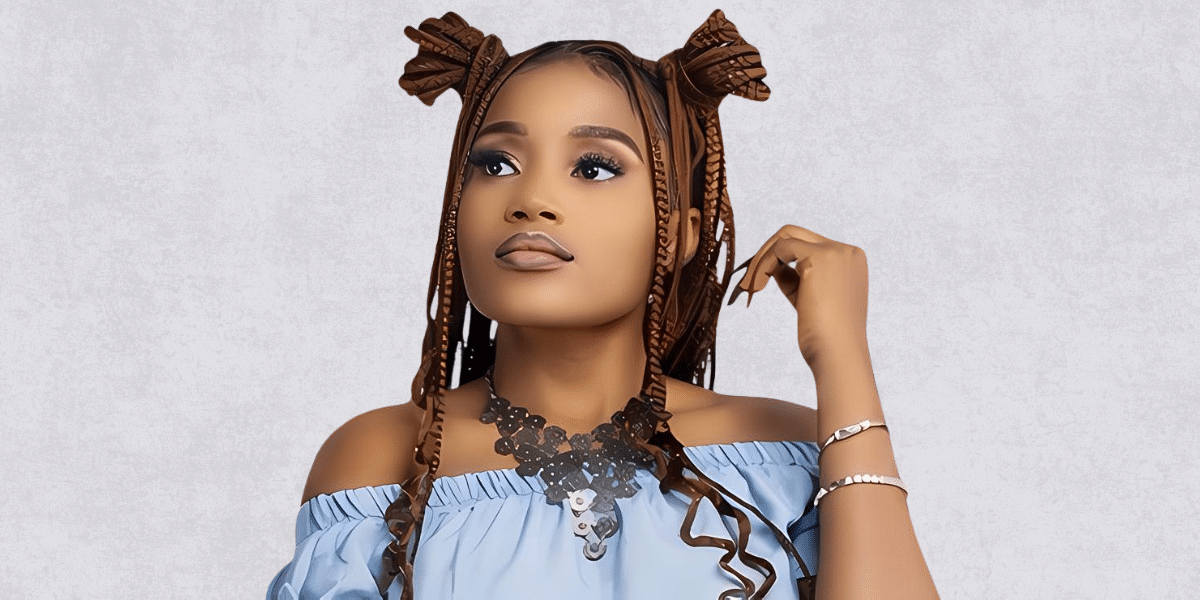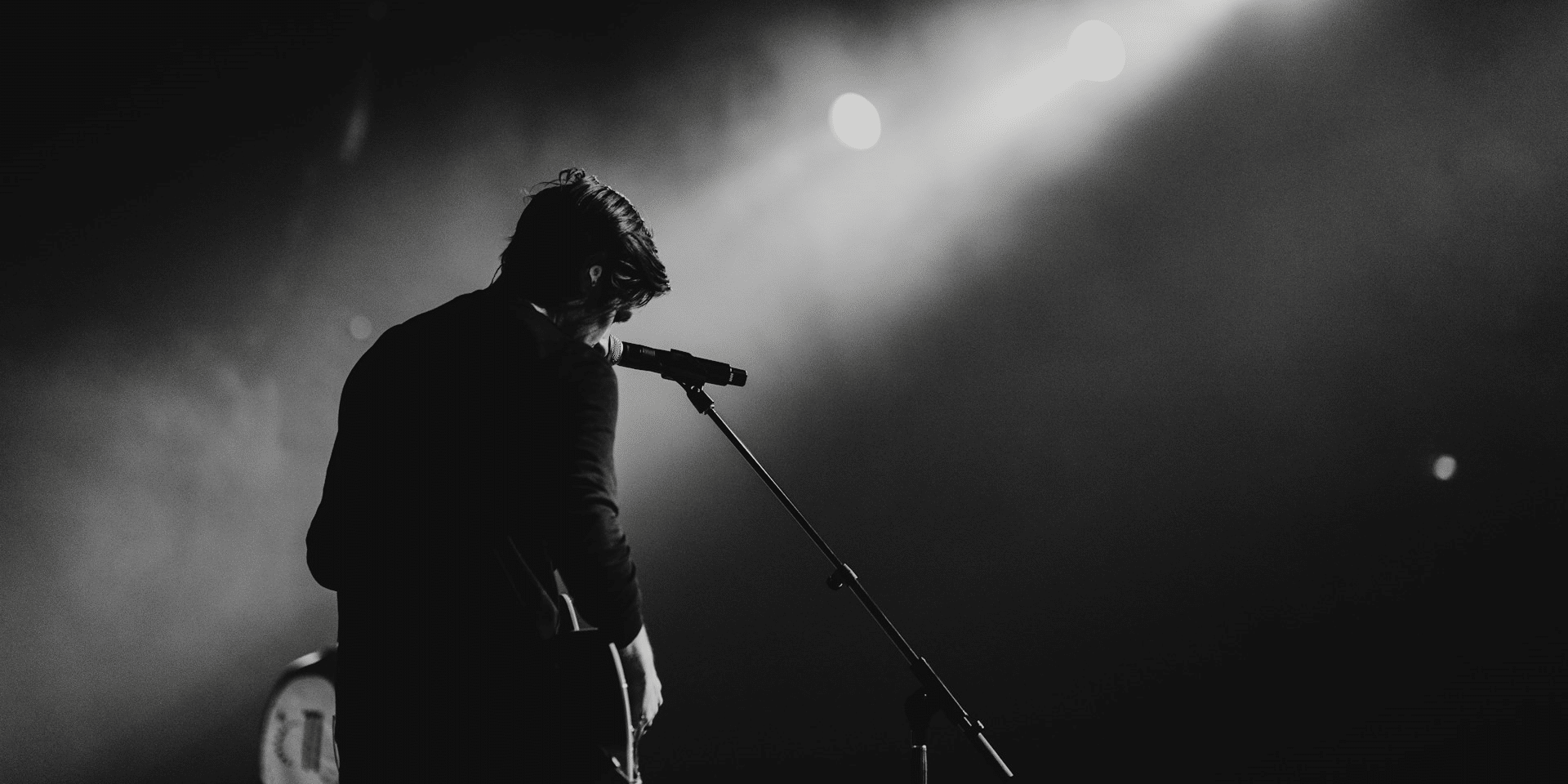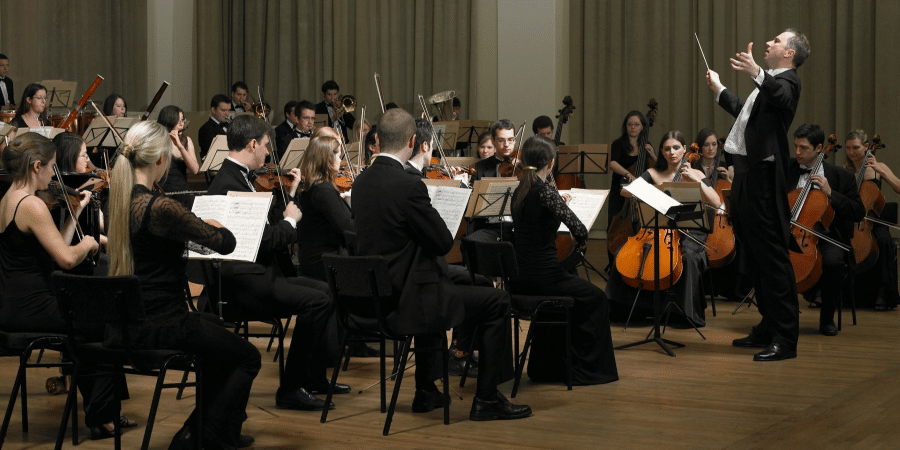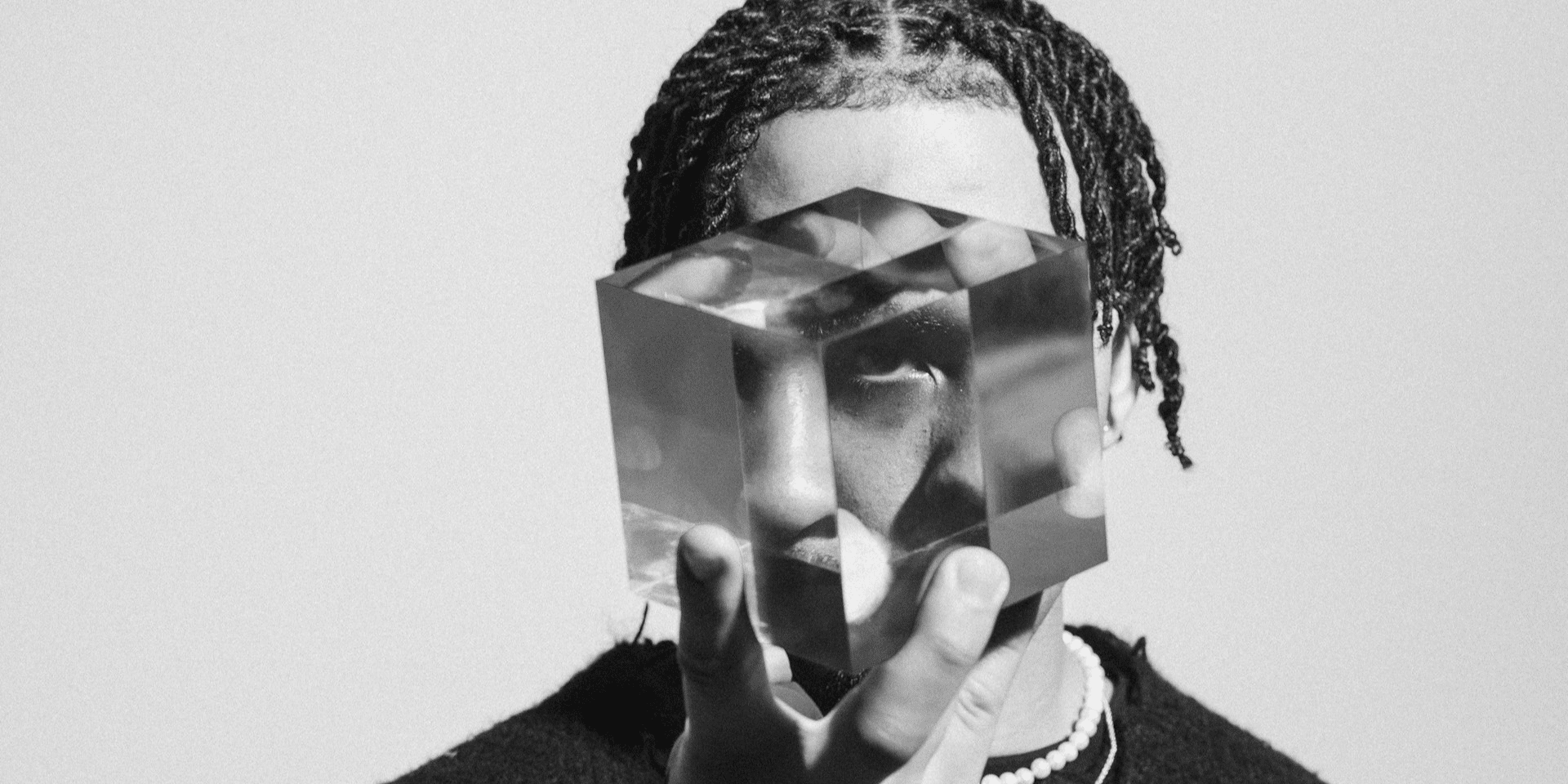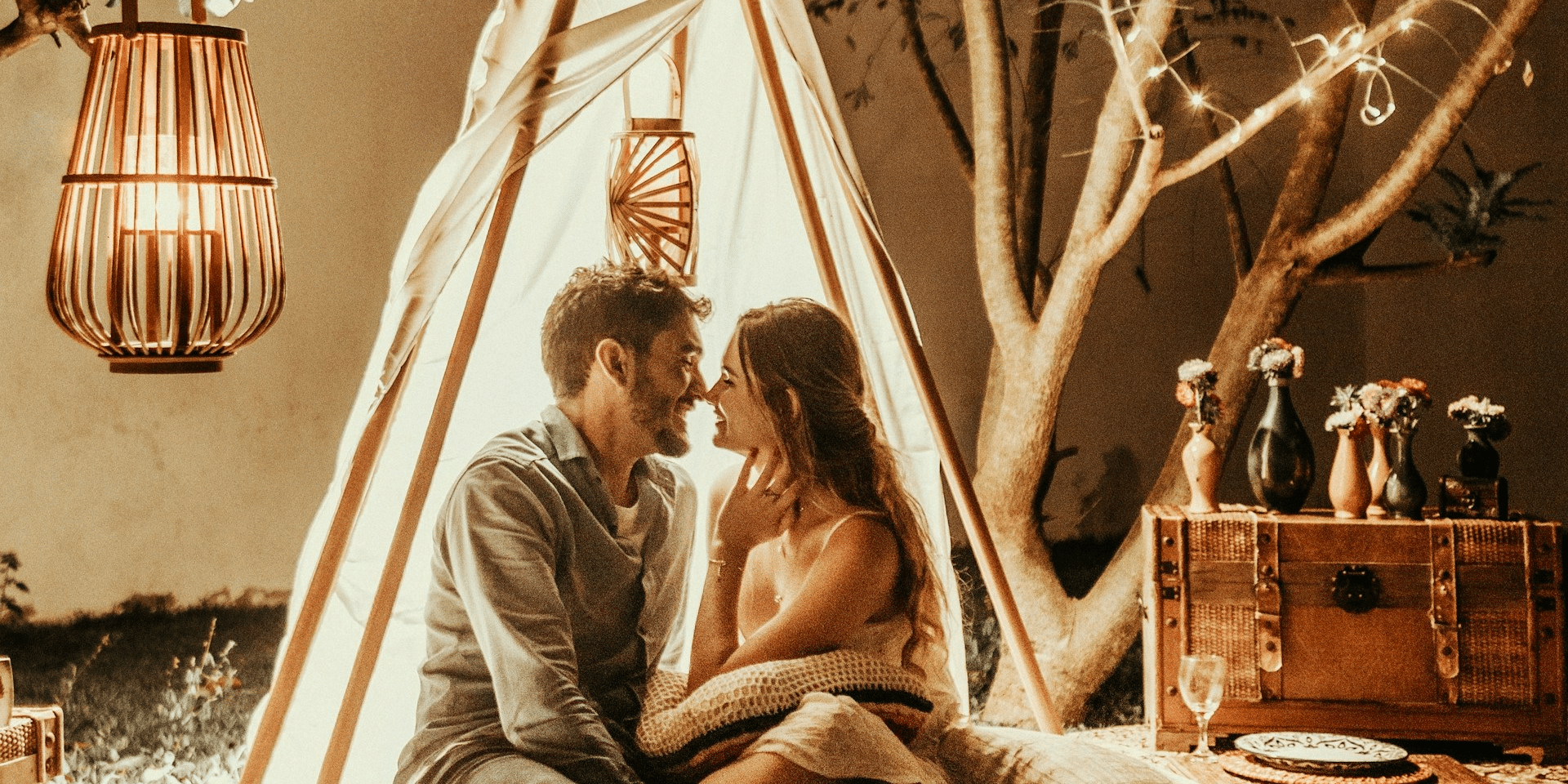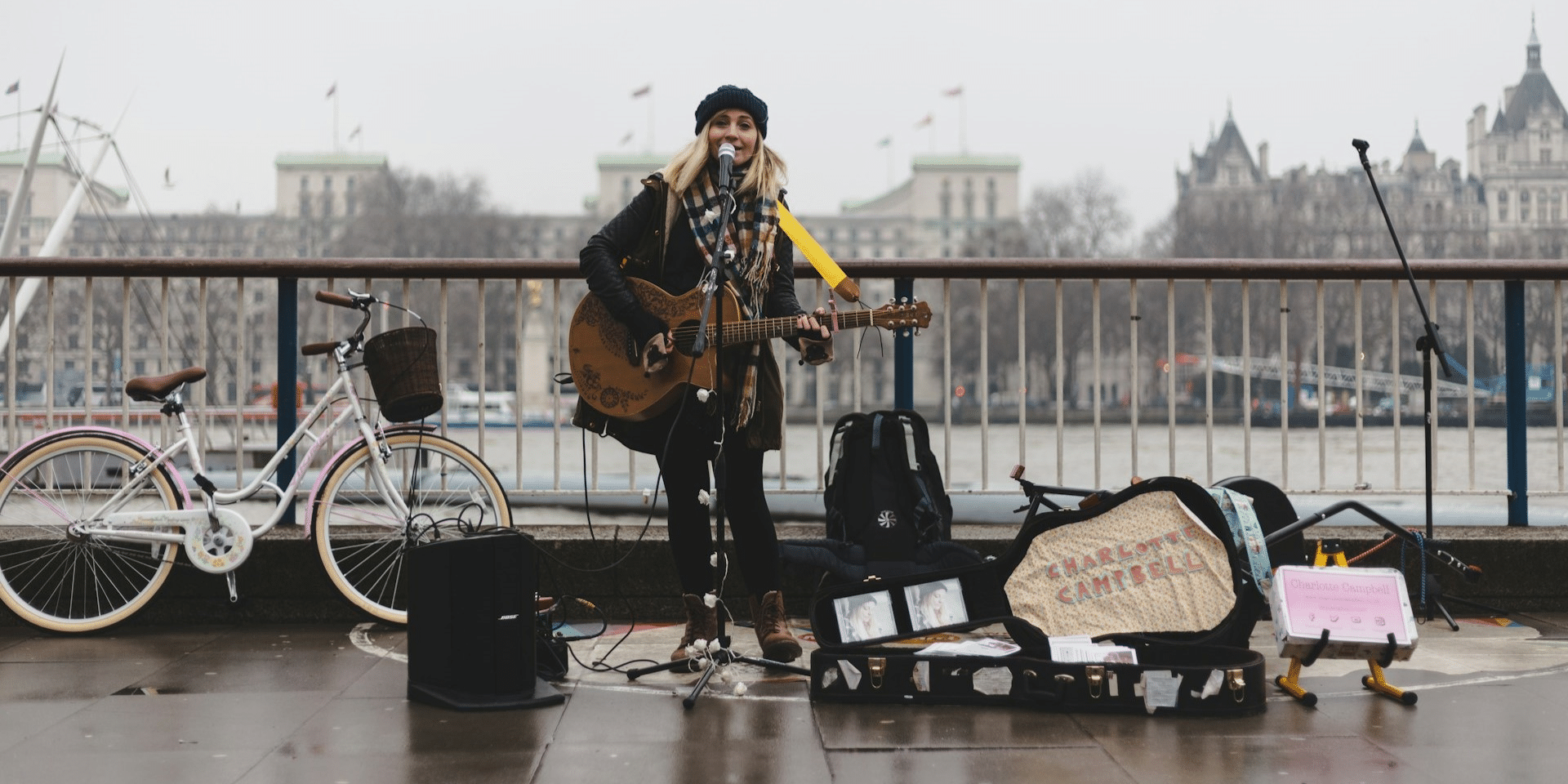Hey there, fellow fashionistas! Let’s take a trip down memory lane and talk about how emo artists left their mark on the fashion scene of the 2010s. If you were around during this time, you’ll remember that emo music was all the rage, with bands like My Chemical Romance, Fall Out Boy, and Panic! at the Disco dominating the airwaves and inspiring a whole generation of fans to embrace a dark, edgy aesthetic that was equal parts rebellious and romantic. But it wasn’t just the music that had an impact—the fashion of the emo scene was just as influential, with emo artists and their fans setting trends and pushing boundaries in ways that would define the decade’s style. So let’s delve into the world of emo fashion and see how it shaped the 2010s in ways that still resonate today.
First off, let’s talk about the iconic emo aesthetic. Emo fashion was all about expressing your inner angst and individuality through your clothing, with a focus on dark, moody colors, bold graphic prints, and edgy accessories. Think skinny jeans, band t-shirts, studded belts, and leather jackets, paired with statement hairstyles like choppy bangs, colorful streaks, and dramatic side-swept haircuts. It was a look that screamed “I don’t care what you think—I’m gonna do my own thing,” and it resonated with millions of young people who were searching for a way to express themselves and rebel against the mainstream.
But it wasn’t just about the clothes—emo fashion was also about the attitude. Emo kids were all about embracing their emotions and wearing their hearts on their sleeves, whether they were happy, sad, angry, or in love. It was a subculture that celebrated vulnerability and authenticity, encouraging people to be true to themselves and express their innermost thoughts and feelings through their style. And while the emo scene may have been stereotyped as being dark and brooding, it was also a community that valued friendship, camaraderie, and acceptance, creating a sense of belonging and unity that was palpable at emo concerts and events.
Moreover, emo fashion also had a DIY ethos that set it apart from other subcultures. Emo kids were known for their creativity and resourcefulness, taking thrift store finds and DIY projects and turning them into one-of-a-kind fashion statements. Whether it was customizing a band t-shirt with patches and safety pins, distressing a pair of jeans with bleach and scissors, or hand-painting a leather jacket with lyrics and doodles, emo fashion was all about making a statement and standing out from the crowd. It was a subculture that embraced imperfection and celebrated individuality, encouraging people to express themselves in whatever way felt most authentic to them.
In addition to its DIY spirit, emo fashion also had a nostalgic vibe that appealed to millennials who grew up in the heyday of emo music in the early 2000s. Bands like My Chemical Romance, Fall Out Boy, and Panic! at the Disco were known for their theatrical performances, elaborate music videos, and larger-than-life personas, and their fashion choices reflected this sense of drama and romance. From Gerard Way’s iconic red and black marching band jacket to Pete Wentz’s signature guyliner and fedora combo, emo artists were masters of creating memorable fashion moments that captured the imagination and inspired countless imitators.
Furthermore, emo fashion also had a lasting impact on mainstream fashion in the 2010s, with elements of the emo aesthetic popping up in everything from high fashion runways to street style blogs. Whether it was the resurgence of skinny jeans and combat boots, the embrace of dark, moody colors like black, gray, and burgundy, or the popularity of edgy accessories like chokers, studs, and fishnet stockings, emo fashion had a way of infiltrating the mainstream and influencing trends in ways that no one could have predicted. And while the emo scene may have faded from the spotlight in recent years, its influence on fashion continues to be felt to this day, with elements of the emo aesthetic popping up in everything from music videos to Instagram feeds.
Emo artists had a huge impact on fashion in the 2010s, with their dark, edgy aesthetic inspiring a whole generation of fans to embrace their inner emo kid and express themselves through their clothing. Whether it was the iconic skinny jeans and band t-shirts or the dramatic hairstyles and DIY accessories, emo fashion was all about making a statement and standing out from the crowd. And while the emo scene may have evolved and changed over the years, its influence on fashion continues to be felt today, with elements of the emo aesthetic popping up in everything from high fashion runways to street style blogs. So the next time you’re feeling nostalgic for the emo days of yore, just throw on your favorite band t-shirt, tease your hair to the heavens, and embrace your inner emo kid—after all, fashion is all about expressing yourself and having fun!

